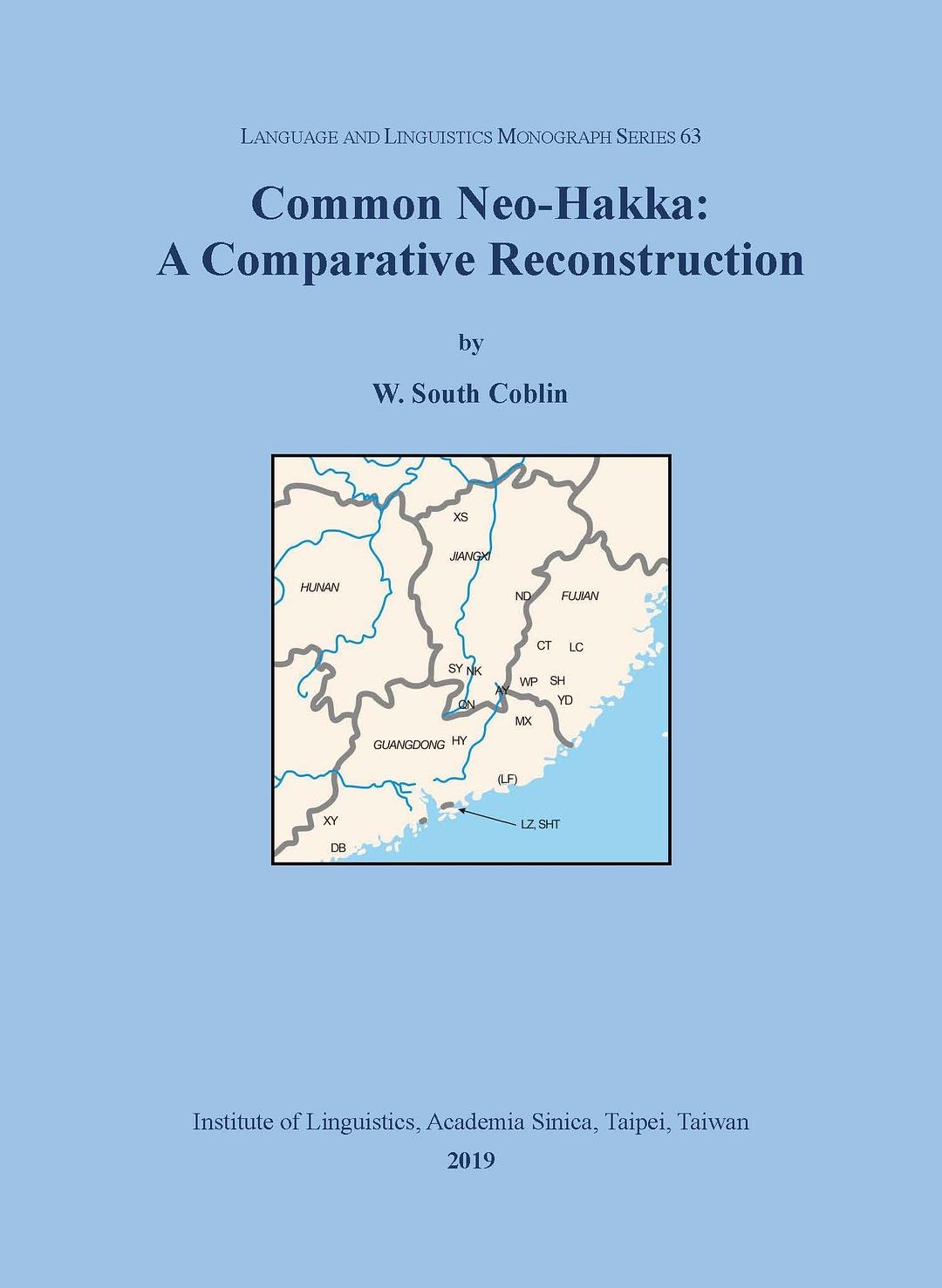

Most ebook files are in PDF format, so you can easily read them using various software such as Foxit Reader or directly on the Google Chrome browser.
Some ebook files are released by publishers in other formats such as .awz, .mobi, .epub, .fb2, etc. You may need to install specific software to read these formats on mobile/PC, such as Calibre.
Please read the tutorial at this link: https://ebookbell.com/faq
We offer FREE conversion to the popular formats you request; however, this may take some time. Therefore, right after payment, please email us, and we will try to provide the service as quickly as possible.
For some exceptional file formats or broken links (if any), please refrain from opening any disputes. Instead, email us first, and we will try to assist within a maximum of 6 hours.
EbookBell Team

4.0
86 reviewsThis work undertakes a comparative phonological reconstruction for the Neo-Hakka dialect group. The term Neo-Hakka is an English rendering of Chinese 新客家話, a new expression now increasingly being used by Chinese dialectologists and Hakka specialists to refer to what was earlier simply called “Hakka” (客家話). This Neo-Hakka group includes both the better known “Mainstream Hakka” d...
This work undertakes a comparative phonological reconstruction for the Neo-Hakka dialect group. The term Neo-Hakka is an English rendering of Chinese 新客家話, a new expression now increasingly being used by Chinese dialectologists and Hakka specialists to refer to what was earlier simply called “Hakka” (客家話). This Neo-Hakka group includes both the better known “Mainstream Hakka” dialects of the Méixiàn type and the lesser known ones of southern Jiāngxī and contiguous areas, whose speakers do not self-identify as ethnically Hakka or understand Mainstream Hakka when they hear it spoken. Thus, the Common Neo-Hakka comparative system developed here goes beyond the earlier Proto-Hakka phonological reconstruction of Keven O’Connor (1976), who worked exclusively with a number of Mainstream Hakka dialects.
Beyond the broad Neo-Hakka group alluded to above is a set of hitherto unclassified dialects that bear certain similarities to Neo-Hakka but for various taxonomic reasons cannot be classified as Hakka proper. These dialects are phonologically archaic in various ways and so are now called 老客家話by Chinese linguists, a term we render in English as “Paleo-Hakka”. The present study will not deal with the Paleo-Hakka dialects, which in our view deserve a special study of their own.
The reconstructive approach adopted in the present work is the classical comparative method. The reconstruction is based on data from twenty-seven Neo-Hakka dialects, which have been chosen to epitomize the maximum number of phonological distinctions required in the hypothetical proto-language. The work consists of six chapters, a data appendix of 1368 cognate sets and reconstructed forms, and an index to the text proper. The first chapter introduces background, methodology, and the specific materials to be used. The second, third, and fourth chapters deal with syllable initials, syllable finals, and tones respectively. The fifth chapter is concerned with dialect lexicon and the problems involved in reconstruction of full lexical forms, as opposed to single syllables. The sixth and final chapter discusses relevant Hakka historical and demographic questions, specific historical phonological problems, and possible avenues for future research in the history of the Hakka dialects.